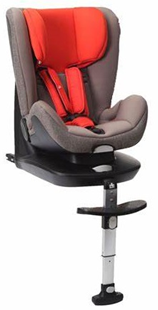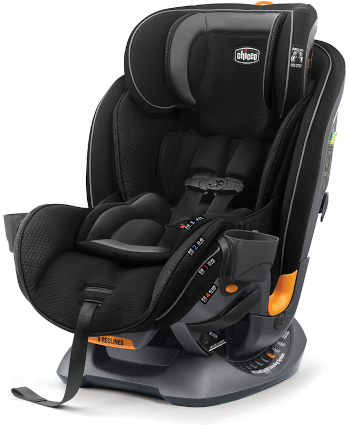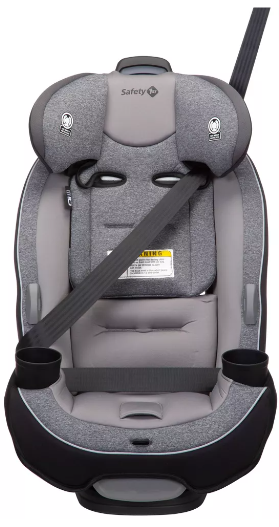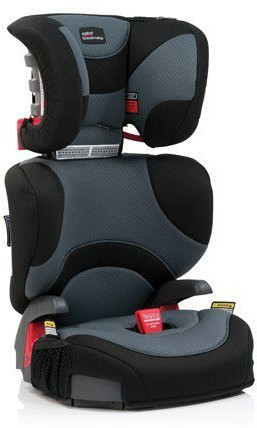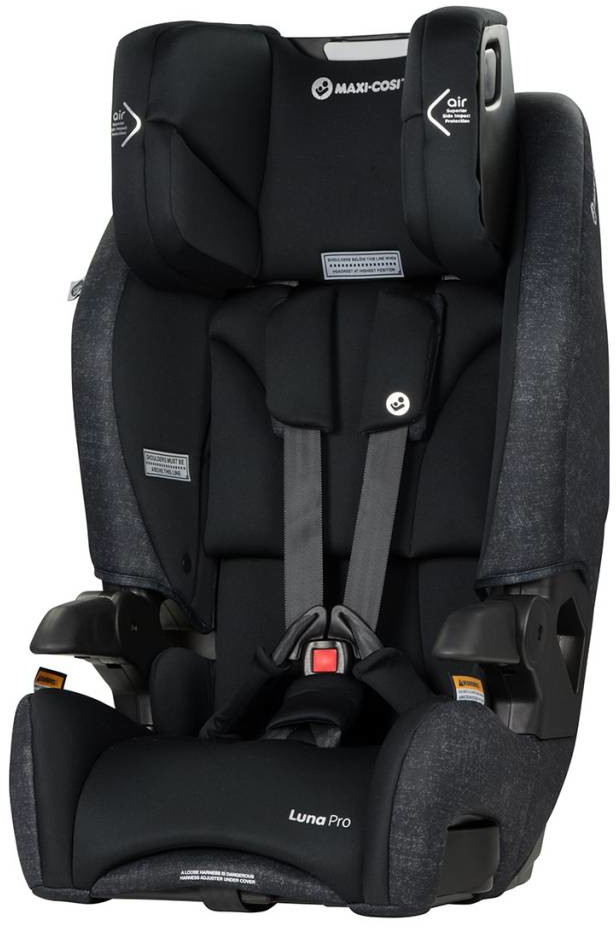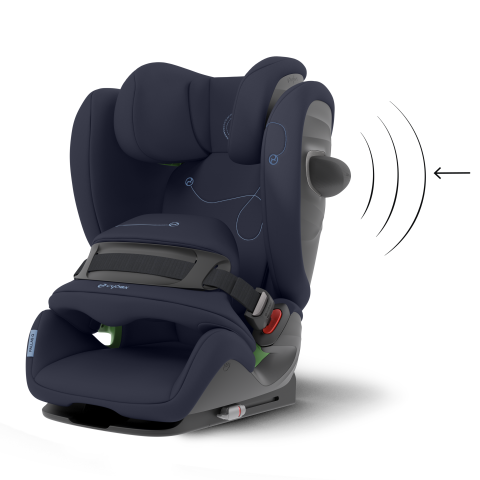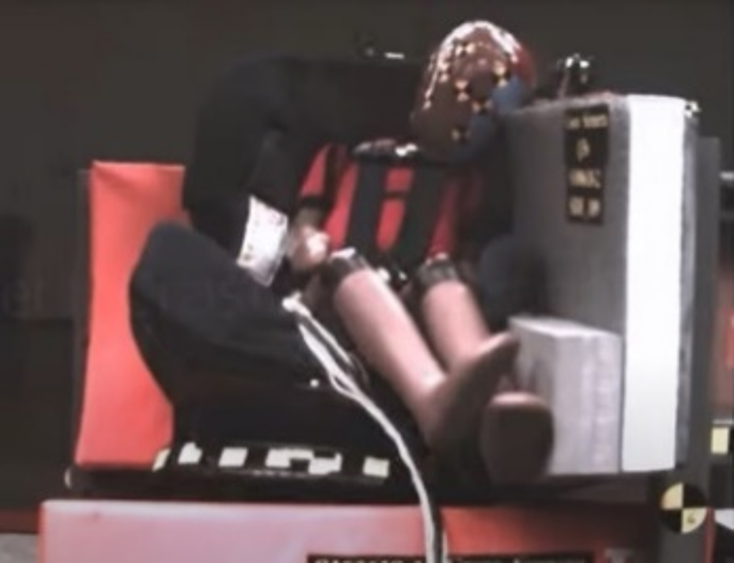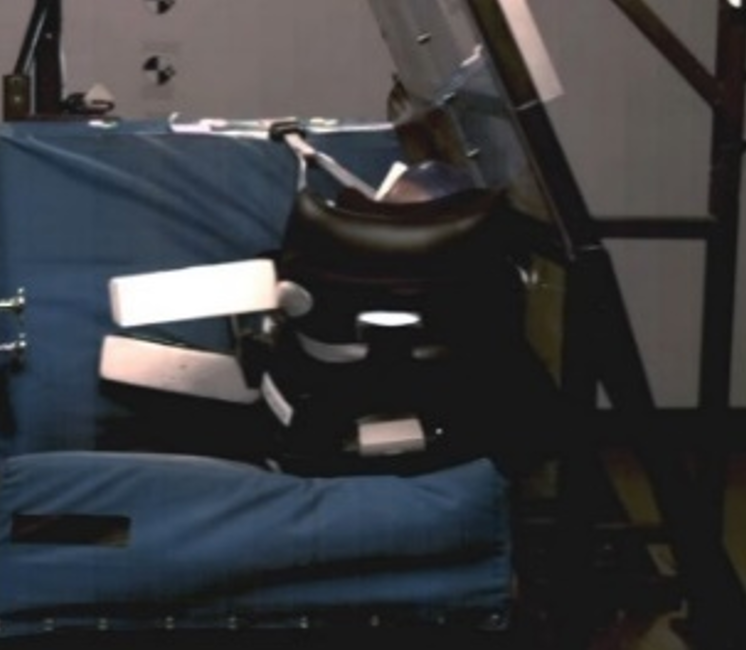A Comparison of Australian Standards and International Standards
There is a seemingly great divide between European, North American and Australian child restraints that with the www and global travel, more and more people question why they can’t use their overseas child seat in Australia. People ask “which is the better standard” to which there is no real safe answer, but the following will explain some of the differences and help explain why, Australian standard child restraints are better.
There are three main standards – European ECE R129 which is gradually taking over from an earlier version called ECE R44. Then there is the American Federal standard FMVSS-213 which also has a near equivalent CMVSS-213 for Canada, and finally there is the Australian AS/NZS 1754. Click here to see the Standards Stickers.
Firstly, I have to say, none of these standards are perfect and it would take a small novel to explain all the differences between these standards, so this article is only a basic summary of some of the more important areas. At the end of the day, a restraint approved to any one of these standards will have passed controlled testing and should save a child in an accident provided they are installed and used correctly. However, from the legal point of view, Australian law states that any child restraint used in Australia MUST be approved to the Australian child restraint standard.
Each standard has its own level of quality control, from batch testing to consumer body scrutiny. However, the Australian standard generally has a better batch test frequency on production compared to both European and USA standards. However, while the US standard is government controlled, it is self-test and self-certify by the manufacturer so can be open to abuse. Even Australian suppliers must be audited and approved by Standards Australia.
Australian and American restraints are all intended to be ‘Universal’ so should fit most vehicles. European restraints can vary between ‘Universal’ through to ‘Specific vehicle’ and in many cases require a list of vehicles they can only be used in. The Australian market has relatively high usage of professional fitter’s while the European market does not. Some American restraints have a top tether but don’t have to be used.
Whilst some European restraints have a top tether, many do NOT. Conversely many have a front support leg (or load leg) which has a similar ‘anti-rotation’ function as a top tether and can make usage a little easier, especially capsules, but this also makes the seats very, very heavy. Use of a top tether is mandatory on all Australian restraints and its purpose is to make a seat much safer as it reduces forward rotation of the seat (and child) in an accident.
Historically, convertible restraints were less common overseas but are becoming more common now and in a drive for ‘value for money’ many European and US seats have 3 stages of use – rear facing, forward facing and booster stage. Whilst this is good value, it usually ends up compromising on something, such as size capabilities, fit or function and ease of use. These seats are generally only approved for a child up to 4 or 5 years old in the harness system before it must then be changed to the booster mode. Since 2013 some new Australian restraints can be used all the way up to 8 years in a harness which is generally much safer than booster mode.
Boosters are ok, provided they are used correctly but are very prone to misuse, whereas harnessed to 8 years is generally safer. Booster misuse issues include kids moving the sash belt under their arm or behind their back, and even fidgeting or wriggling during a long journey so that the lap portion of the seat belt becomes loose – all these can result in serious spinal and abdominal injuries. There is a place for boosters especially for the older and more responsible child who sits in them properly, but in my opinion, if lap-sash seat belts are so good, why don’t racing drivers use them!
Some forward facing only European and American restraints use a shield system to hold the child instead of a harness, whereas harness systems are mandatory for all Australian restraints. Shield systems are a one size fits all and can be relatively easy to use BUT, do have limitations on child size and are suspected to be the cause of child ejection deaths in multiple rollover accidents. Although this accident condition is relatively rare, it is a known issue that their standards seem to turn a blind eye to.
The size of the child for European and American restraints (Editors Note: America has since discontinued usage of the “Impact Shield” type seats) is by age or weight of the child, which is very hit and miss regarding how well the child’s body has developed. Use of Australian child restraints is controlled by the sitting height of the child, (bum to shoulders), which is a better guide as to how well developed the child is and how well they will fit in the seat compared to just age or weight.
Regarding side impact testing, the European method has a simulated intruding door hitting the restraint, which is ok, but does very little to ensure head containment. FMVSS is in the process of introducing a similar test, but currently have no side impact protection in their standard. The Australian method has a static door that the restraint moves in to and the child’s head must be contained within the side-wing profile and be kept clear of any door and window surfaces.
The European method does record more data such as head and neck loads but can allow the head to go thru the window, as long as it doesn’t contact any of the hard surfaces. A little concerning if you are hit by a high front truck or semi where the child’s head could hit the front grill or bull bars. Both test methods have a place for simulating certain crash scenarios, but I believe an Australia restraint would likely pass both test methods, whereas many European and American seats would fail the Aussie test.
The biggest disparity between these standards is the size of occupant used in testing. The Australian standard is arguably much more realistic because the restraint is tested with an oversize dummy. For example, a convertible European child restraint that is to be approved for up to a 4 year old, the biggest simulated occupant it is tested with, is a 3 year old 15kg dummy and FMVSS is similar. Australian standards will test the same type of restraint using a 6yr old 22kg dummy, which is close to a large 4yr old. This ultimately results in Aussie seats having superior structural integrity. In my past, working with various child restraint manufacturers, I’ve tested some overseas European standard restraints to the Australian standard and needed a vacuum cleaner to clear up the resulting mess. The crash test levels for ECE and FMVSS is typically around 24 to 25g’s whereas the Australian test level is at around 27 to 28g’s. Only a few g’s difference but with a heavier test dummy as well, this makes for a vast difference in their overall strength.
Anyone who asks why we can’t use an overseas product in Australia should know why. Apart from EU and US seats being illegal to use here in the first place, Australian restraints really do provide excellent overall protection. However, regardless of country or standard, every restraint will only work as intended if it is being used correctly. While the above information may help, at the end of the day every seat you install for a customer, will still always depend on how well they are being used long after they’ve been with you, so don’t ignore the long-term importance of teaching your customers how to use their child’s car seat properly.
Andy Beaumont
ACRI Lead Engineer
NB: This site contains information intended only for the person on the ACRI membership list and is subject to legal privilege. Any duplication or copy, even in segments, infringes on copyright. This includes, but is not limited to, posting on social media including private forums
.


